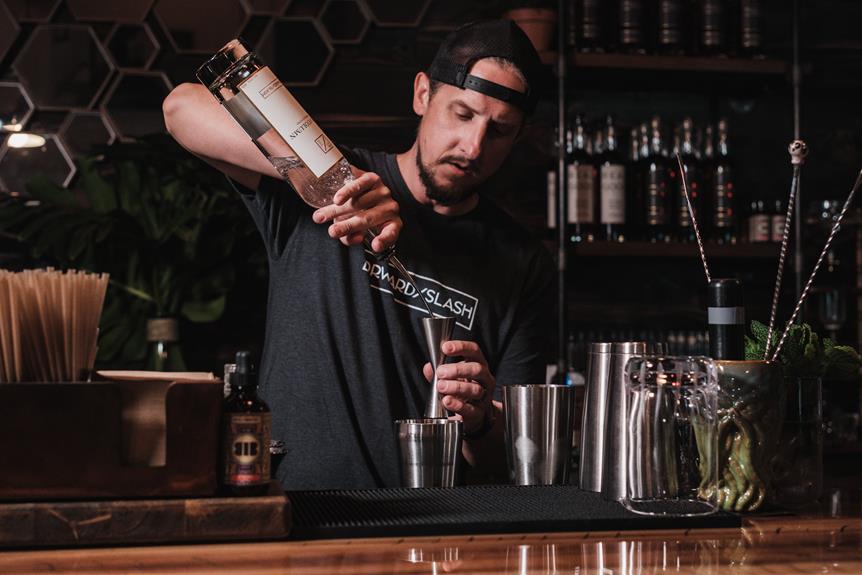Origins and History of Rum
In the history of rum, the rum industry flourished during the settlement and growth of the West Indies in the 17th century. As sugar cane was the main crop of the West Indies and Caribbean Islands, it was plantation slaves that discovered rum – by turning sugar cane into molasses and letting it ferment. Ironically, after the slave owners got their hands on it, money earned from selling it was then used as a way of purchasing more slaves. The history of rum is turning out to be pretty interesting indeed.
There are two main categories of rum found in all bars – light and dark; although it has much more to offer than just the basics.

Light Rum – Also known as “silver rum”, these are younger – typically aged from 6 months to a year (sometimes longer) – and have a more subtle flavour.
Gold Rum – Also known as “amber rum”, it gets its colour from being aged in wooden barrels. It’s more flavourful than light rum and is often classified as medium-bodied.
Spiced Rum – Flavoured with spices (and sometimes caramel) which determines the colour.
Dark Rum – Also known as “red rum”, it’s aged longer in charred barrels and caramel or molasses is added after the aging process.
Flavoured Rum – More recently, rum has been flavoured with fruits for use in cocktails and to drink neat (without ice). Often less than 40% and flavoured with bananas, oranges, mango, coconut, lime, etc…
Overproof Rum – Rum produced at a much higher alcoholic volume than 40% – often 80%.
Premium Rum – Has carefully produced flavours – using a variety of additives and is aged well. It is intended to be served neat.
Throughout the history of rum, no one is really sure of the origin of the word “rum” but some people theorize that it came from an old English saying, “havin’ a rum time”. Others think its from the latin word for sugar, which is saccharum, where the suffix is ‘rum’. And still other people believe it came from Romania – where the word rum means “strong” or “potent”, which are characteristics usually associated with rum in its early stages.
Rum often has an association with pirates (beyond the fact that there’s a certain Captain Morgan dressed all pirate-y on every bottle). The link goes back to the early seafarer days, when England had settlements and plantations in the West Indies. Because of the availability of sugarcane there, the King changed his Navy’s daily rations from French brandy to rum.
Some of the members of the English Navy – later turned pirate and buccaneer – still held a fondness for rum. Today, the English Navy may still ration rum to its sailors, but only on special occasions.






